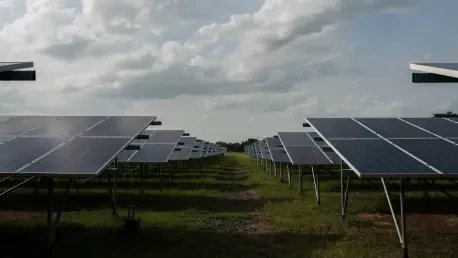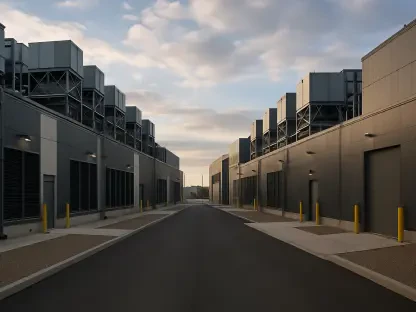A recent surge in tariffs imposed on solar imports from Southeast Asia has sent ripples throughout the U.S. solar industry. The U.S. International Trade Commission (ITC) and the Commerce Department have taken action against imports from Cambodia, Malaysia, Thailand, and Vietnam, citing “unfair trade practices” that have weakened American solar manufacturers. This decision reflects larger dynamics within the global solar market, where trade tensions and protectionist policies clash with efforts to boost renewable energy adoption.
Current Landscape of the Solar Industry
Industry Overview and Growth Trends
The solar industry is experiencing significant growth, buoyed by technological advancements and decreasing costs of solar panels. In recent years, the industry’s size in the U.S. has expanded, with increasing adoption across residential and commercial sectors. Despite this upward trajectory, newly imposed tariffs present potential hurdles. According to credible sources, these tariffs are reshaping the competitive landscape, impacting both costs and supply chains. Many companies now face a balancing act, adjusting their strategies in response to evolving trade policies.
Real-World Applications and Case Studies
Companies operating within the solar sector are confronting the realities of tariff changes with varied strategies. For instance, notable players such as First Solar are actively modifying their manufacturing approaches to mitigate tariff impacts. By pursuing increased domestic production, they aim to capitalize on subsidies and incentives from policy measures like the Inflation Reduction Act. These case studies illustrate that while some businesses adapt with agility, others grapple with increased costs and logistical challenges, demonstrating the diverse effects of tariffs on industry practices.
Expert Insights on Tariff Implications
Industry experts provide valuable insights into the complex implications tariffs bring to the solar landscape. Key voices like Tim Brightbill, representing the American Alliance for Solar Manufacturing Trade Committee, praise tariffs as a protective measure for domestic manufacturers. However, dissent exists among stakeholders like Abigail Ross Hopper of the Solar Energy Industries Association, who emphasizes the potential for tariffs to escalate costs and delay project timelines. These insights underscore a multifaceted environment, where the intersection of costs, regional economics, and strategic opportunities defines the industry’s path.
Future Outlook and Implications of Tariff Trends
Looking ahead, continued tariff pressures are likely to shape the solar industry’s trajectory. The future may witness shifts in global supply networks and even greater investment in domestic capacities as companies strive to adapt to these fiscal constraints. Economic impacts may extend beyond pricing, influencing innovation and fostering new alliances. Policymakers are expected to play a crucial role, balancing the need for trade enforcement with incentives to fuel growth. While challenges loom, the potential for advancements in the sector remains compelling, particularly if strategic investments and policy modifications are aligned effectively.
Conclusion and Strategic Recommendations
Throughout this exploration of the solar industry’s evolving landscape, it’s clear that understanding the intricate web of tariff impacts is essential for stakeholders. In order to forge a future resilient to trade-induced disruptions, key recommendations emerge. Emphasizing domestic innovation and enhancing value chains can serve as strategic avenues for minimizing dependency on foreign imports. Adapting business models to the dynamic regulatory environment will be crucial for sustaining growth. As the industry continues to evolve, a proactive approach in navigating both opportunities and challenges can pave the way for a robust and sustainable solar future.









